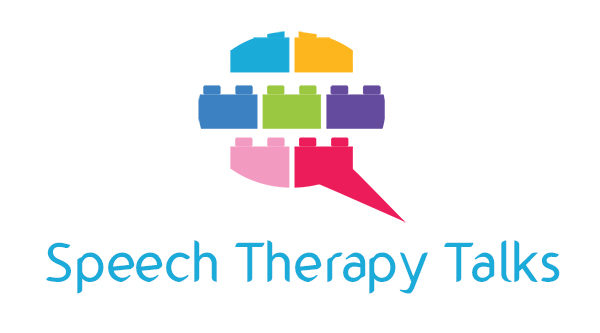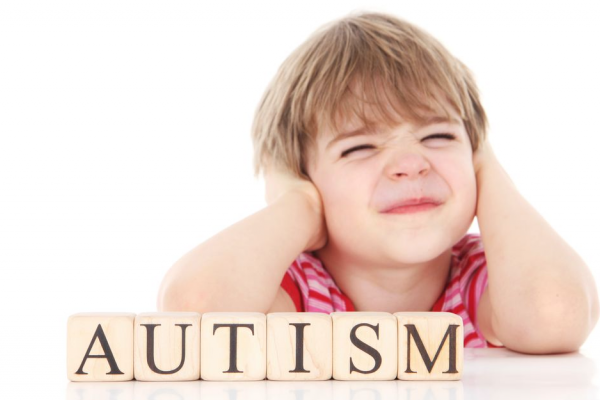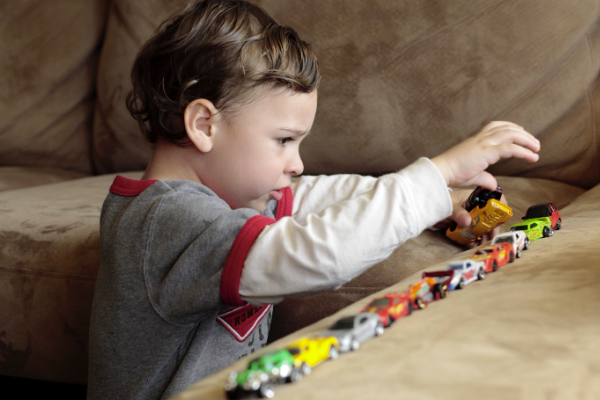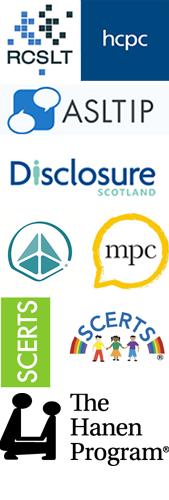-
What is Autism?
-
Autism is a complex developmental difficulty, characteristically defined as problems with reciprocal social interaction and communication skills alongside stereotyped, repetitive or limited behavioural repertoire.[1]
It is a lifelong condition that impacts on daily life and manifests differently according to the individual, their environment and maturation. Autism is also known as Autism Spectrum Disorder (ASD) because it accounts for those with severe to mild symptoms in which there may or may not be an accompanying learning difficulty.
According to current diagnostic criteria ASD is the umbrella term used to describe those that were previously diagnosed with Asperger’s or Pathological Demand Avoidance.[2]
-
-
Signs and Symptoms
-
Social Communication and Interaction:
-
Restricted, repetitive patterns of behaviour, interests, or activities:
-
Children with autism may have problems with social communication and interaction and reacting to the world around them. Not all behaviours will exist in every child. Diagnosis can be made by two professionals with experience in working with children with Autism such as a Speech and Language Therapist alongside a Paediatrician or Educational Psychologist.
Possible signs and symptoms are outlined below:
-
What do we do to help?
-
We have experience in using a range of certified interventions and we tailor these to suit our client’s individual needs. We also have vast knowledge to supporting parents with the day-to-day barriers their child may face due to their social communication or interaction difficulties.
Some of our interventions have targeted some or a range of the following:
-
[1] Health Improvement Scotland. (2016) Scottish Intercollegiate Guidelines Network– Assessment, Diagnosis and Intervention for Autism. A national clinical guide. Edinburgh
[2] American Psychiatric Association. (2013) Diagnostic and statistical manual of mental disorders. 5th ed. Arlington, VA: American Psychiatric Association
-
For a Free Consultation




